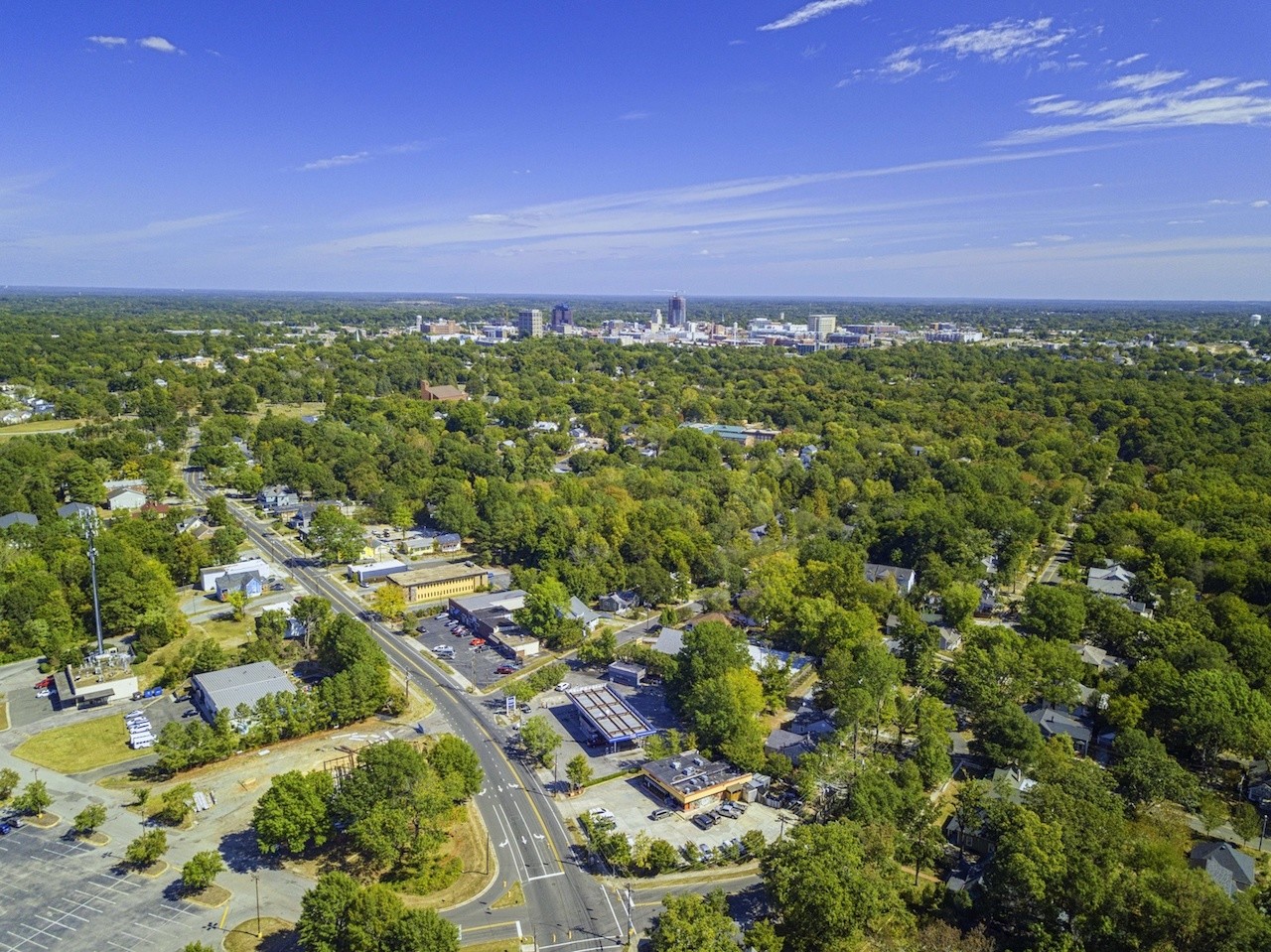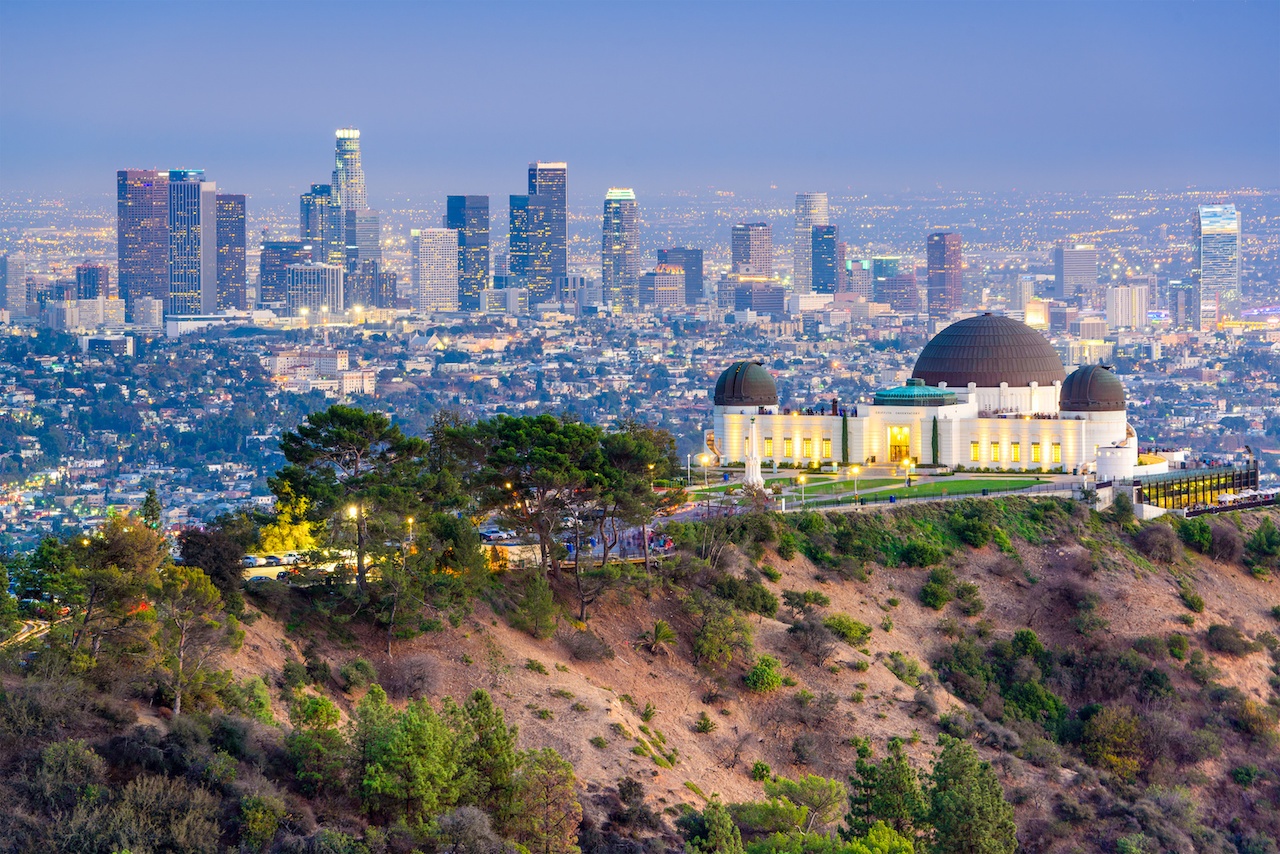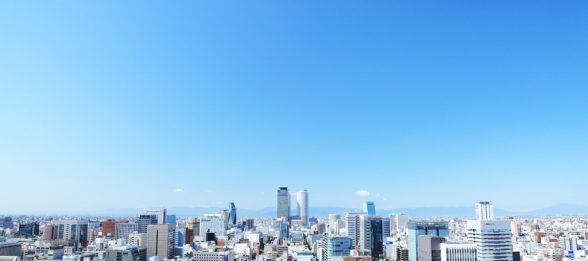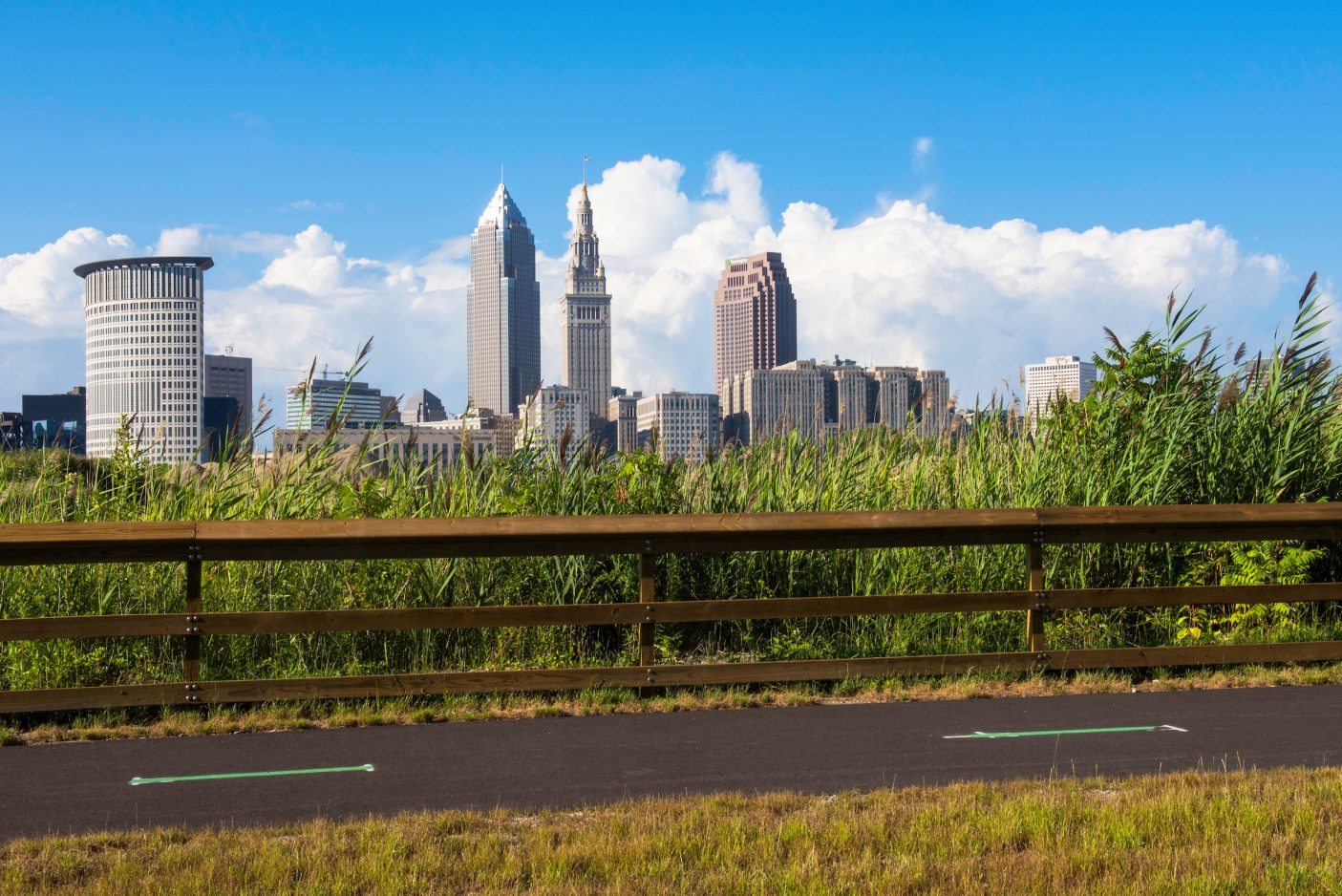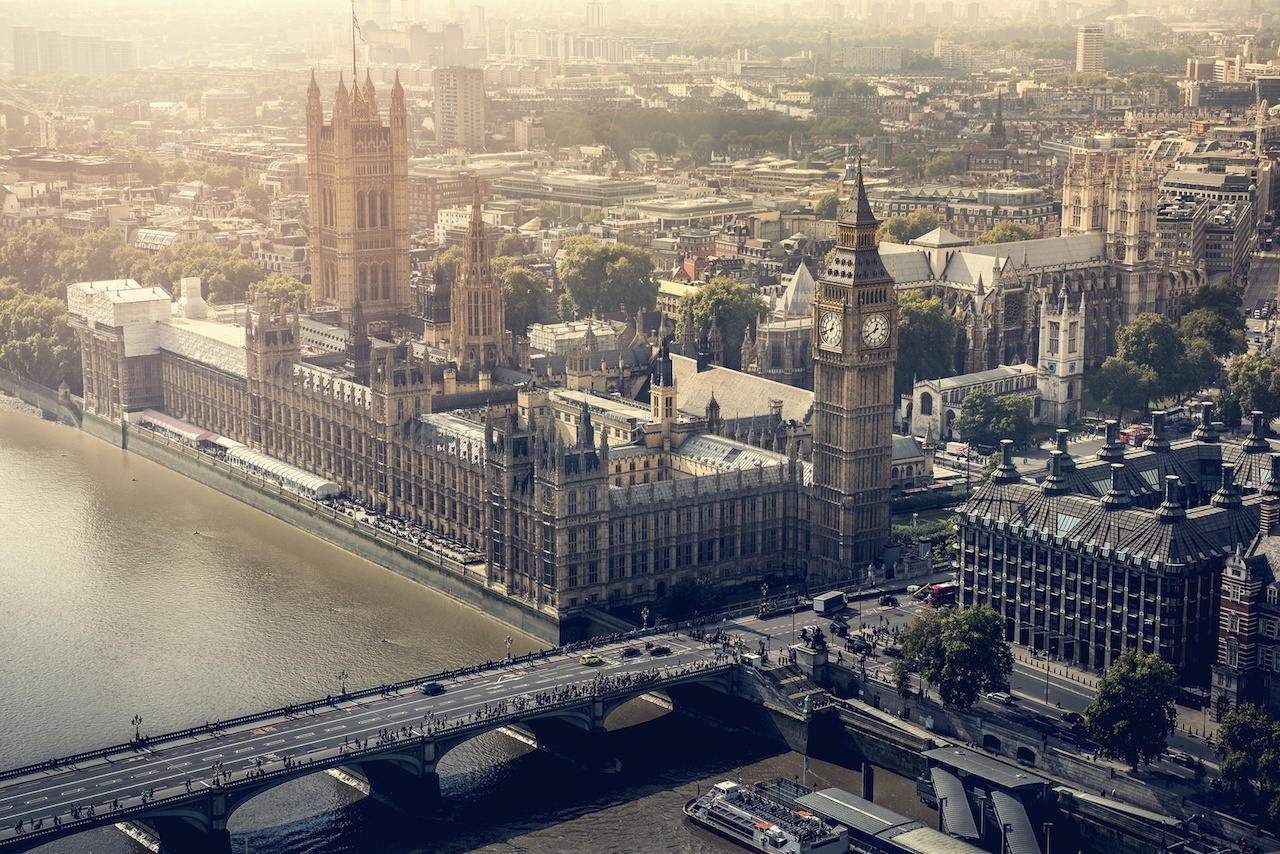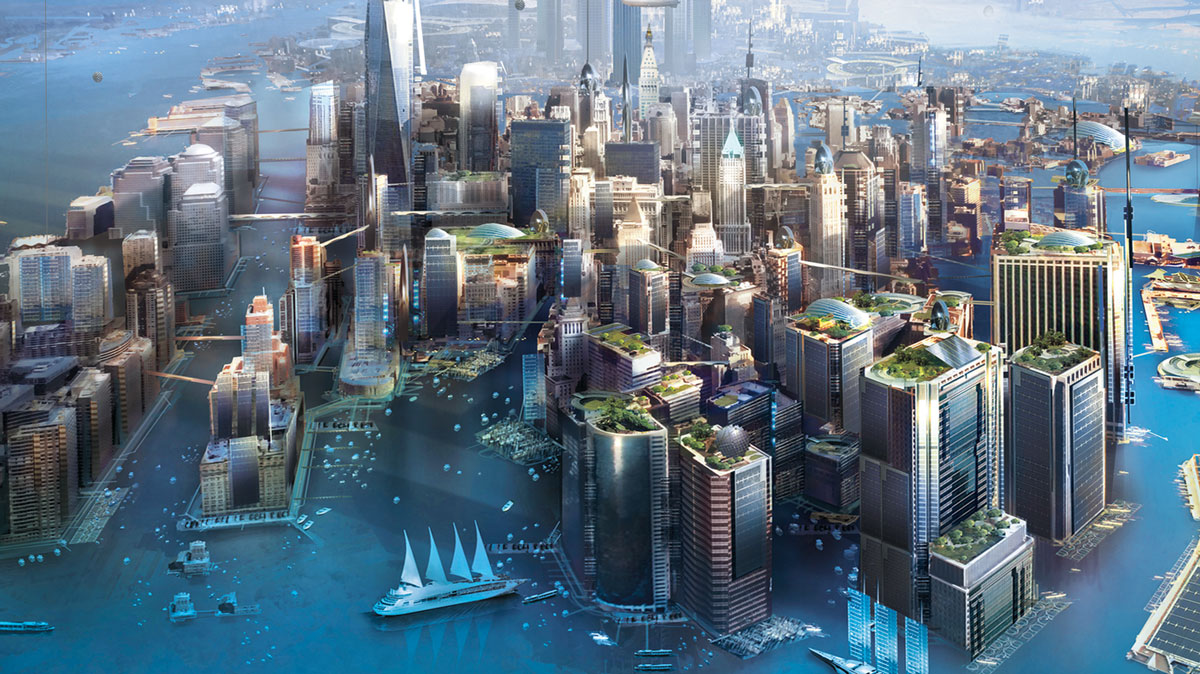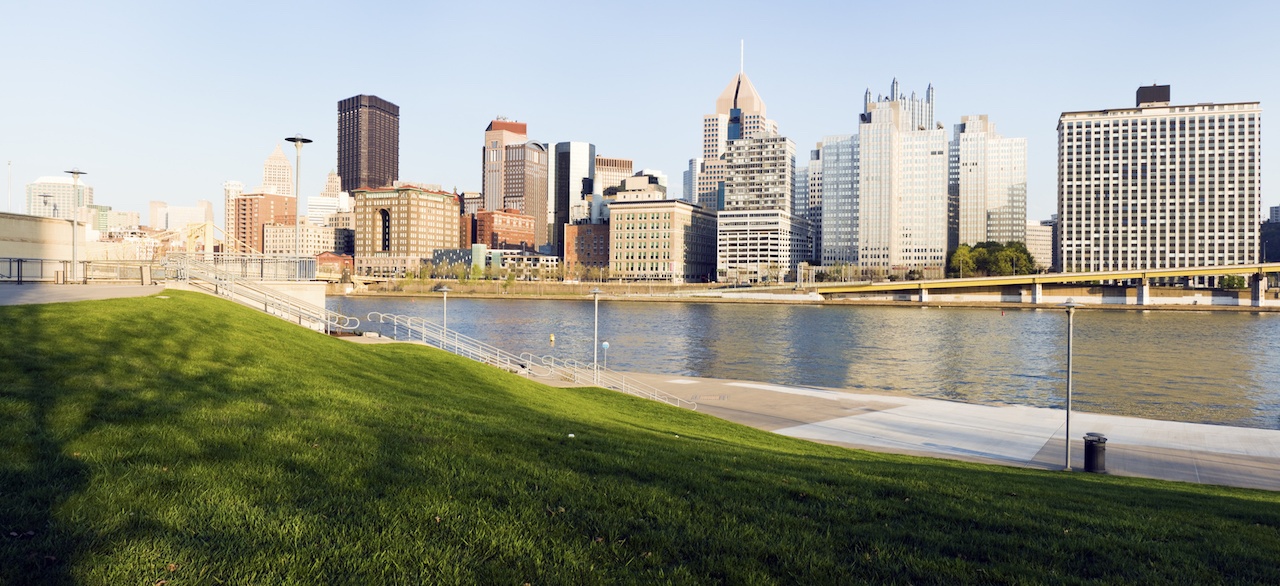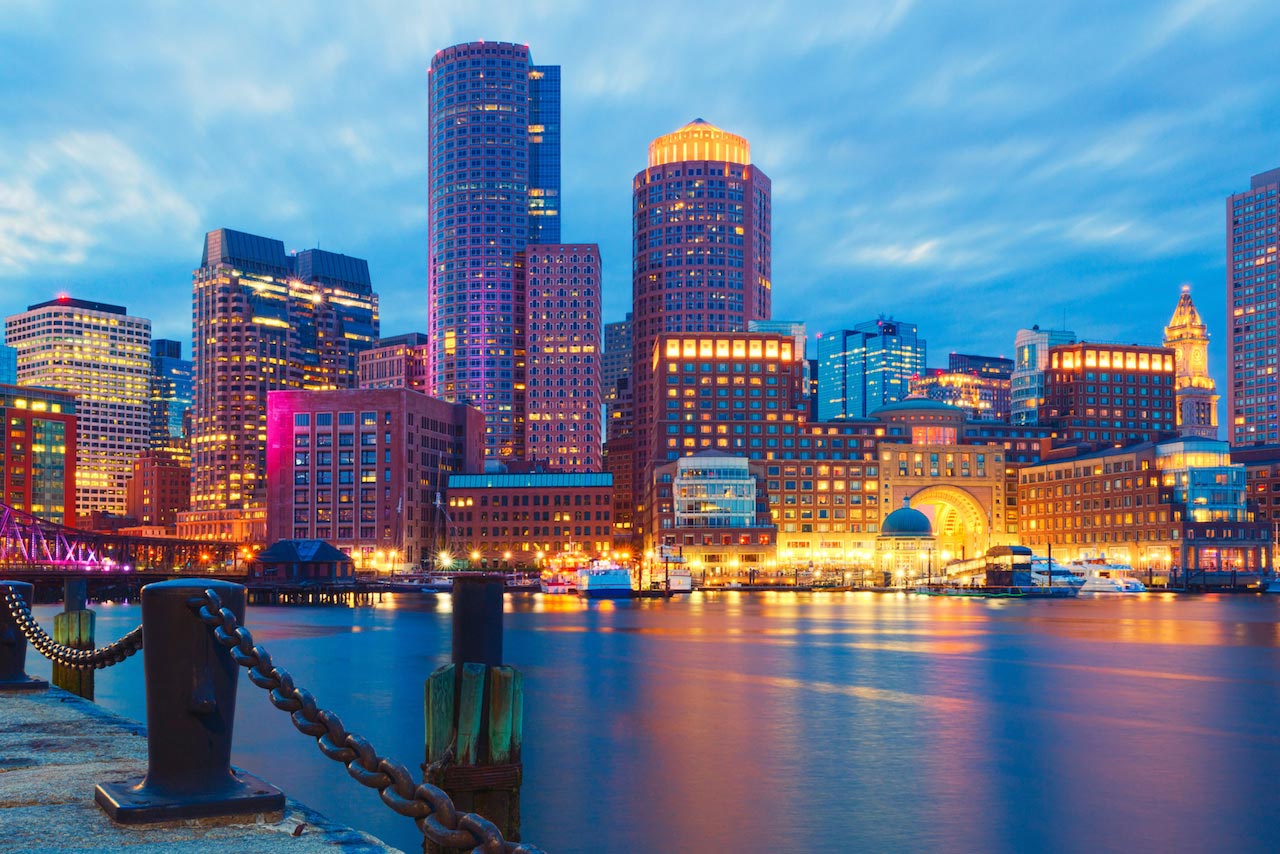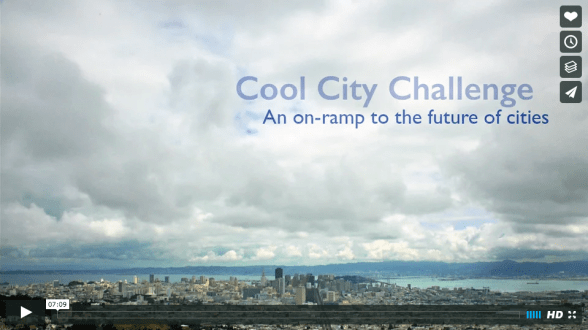Environment
A broad category of content focused on environmental topics in cities.
Examples: climate change, natural disasters, sea level rise, climate adaptation, climate mitigation.
3 Myths About Climate Adaptation Work
Urban areas are certainly important, but not exclusively so. Large swaths of population and economy reside in America’s suburbs, exurbs, and rural communities – each of which faces unique challenges that require tailored approaches. Americans outside urban areas not only recognize the impacts of climate change, they are driving unique adaptation approaches.
Green Urbansim – An Emergent Human Habitat
How do we bridge the city – nature gap and shape a new paradigm for cities and nature? By combining the natural sciences and the social sciences or integrating a quantitative, empirical foundation built around urban ecology with a mindset that values the qualitative sensitivities of sociology and phenomenology. Another way to think of this is a conversation between Rachel Carson and Jane Jacobs.
Emissions Reduction in Cities: A Guide to Getting Started
Cities present the greatest opportunity in the fight for low carbon development that promotes sustainability. Around the world we see the growth of “megacities” with developing world countries experiencing some of the greatest urbanization rates. The UN Population Fund estimates that more than half of the world’s population lives in cities today, and the number of urban dwellers is expected to continue to grow. NASA estimates that cities produce 70% of all fossil fuel CO2 emissions.
This post examines three steps that cities can follow to achieve emissions reductions.
The Role of Smart Batteries in Resilient Cities
Imagine what might happen if distributed power was installed at publicly owned facilities and resources. Every school, every police and fire station, along with critical intersections, could be equipped with an uninterruptable power supply in the form of PV panels and lithium-ion-based energy storage systems. Public spaces, critical street lights and businesses would remain illuminated.
Cleveland Metroparks 100 Year Vision: Connecting People and Nature
In 2013, a Trust for Public Land study identified Cleveland Metroparks trails and parks as key economic drivers that contribute at least $855 million annually in economic benefits to Northeast Ohio. We also learned from this study that our trails and parks increase the value of nearby residential properties by $123 million.
The New Data-Centric Approach to Improving Urban Air Quality
Today, continued advances in low-cost sensors and the Internet of Things have enabled the next-generation of air quality monitoring that can provide decision makers and communities with accurate, high resolution data at costs orders of magnitude lower than traditional monitoring stations. Cloud-based platforms and machine learning can ensure these low-cost solutions are increasingly accurate and remain calibrated. Further, these new solutions are often designed for minimal maintenance to ensure they remain feasible for city budgets (or other operators) over the long term.
A Book Review of New York: 2140 A Novel
Up in floating cloud villages is where many of the world’s inhabitants live after coastlines are submerged under 58 feet of water. This is a book about the future written with the benefit of hindsight. We can predict, with a high degree of certainty, that: melting ice from Greenland and Antarctica, the warming oceans, and subsiding coastlines, will all contribute to rising sea levels. There is an inevitability to sea level rise that is palpable today. This is no ordinary work of fiction, but rather a novel set within an accurate scientific forecast. In 2140, Stanley Robinson does what a generation of environmental advocacy has failed to do: make climate change personal.
How Green Infrastructure in Parks Can Lead to Community Empowerment
Green infrastructure stormwater management has been become a preferred alternative to traditional approaches to controlling stormwater in many urban communities. The many environmental and economic benefits such projects achieve are proving the value of green over...Maintaining Boston’s Vibrancy and Transportation Systems in the Face of Sea Level Rise
A city reclaimed from the sea Settled by European colonists in 1630, Boston was founded on the narrow Shawmut Peninsula behind the protective landforms of what are today Stellwagen Bank, Winthrop, Hull and the 34 Boston Harbor Islands. Our ancestors sited Boston...Three Principles of Sustainable Business
Over the past 15 years working in the sustainability industry I have witnessed many businesses sacrifice environmental goals to uphold quality and profit. Although sustainable resources and green technologies abound, increasing return on investment while achieving and...Corporations Lead in 100 Percent Renewables
This November, Microsoft contracted for a massive 237 MW of wind power in Kansas and Wyoming. Most new electricity generation in the U.S. is from wind and solar, with much of the electricity being purchased by major corporations, like Microsoft. These corporations are...Dreams Come True on the Cool Block
Ten years ago, a Big Idea constellated in the mind of pro-social behavior change researcher and innovator David Gershon, CEO of the Empowerment Institute. The idea was to operationalize the modest goal of keeping the planet viable into the long-term future and improving the quality of life for humanity at the same time.

